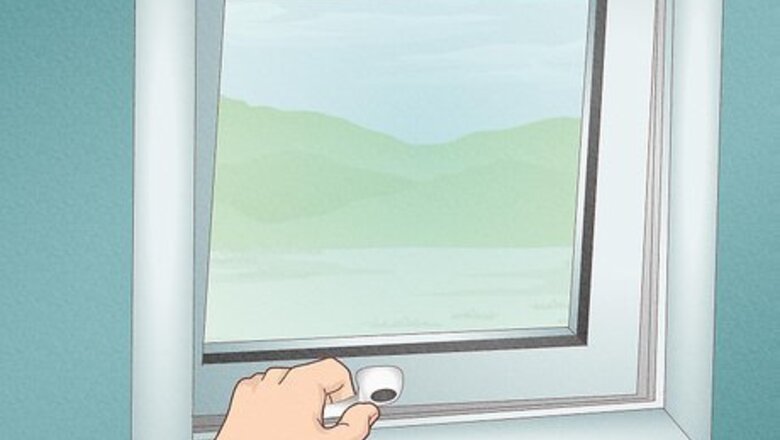
views
Adjusting the Height of the Window in the Frame
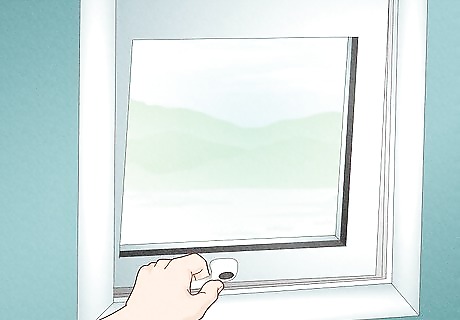
Inspect the bottom of the sash to see if it fits in the frame. Open and close your uPVC window a few times. The bottom of the sash should slide smoothly into the window frame. If it doesn’t, but instead sticks against the frame or seal, the windows needs its height raised. On the other hand, if your uPVC window sash doesn’t quite contact the window frame when shut, but rests about ⁄16 inch (0.16 cm) above them, you’ll need to lower the window’s height. A window “sash” is the panel—typically made of multiple glass panes—which raises and lowers to open the window.
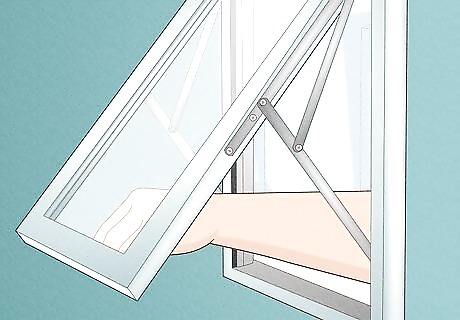
Open the window completely. This will give you easy access to the small screws that you’ll need to loosen in order to alter the window’s height. Since adjusting the window may take 15-20 minutes, plan to do it on a rain-free day.
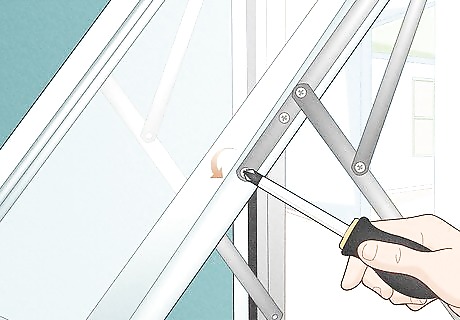
Loosen the 4 screws holding the uPVC casement to the left side of the frame. Once the window is opened, you will see 4 small screws holding a metal strip to the window frame. Loosen each of these screws about 1 full turn. The casement of a uPVC window is the metal strip which fastens directly to the wooden window frame. The hinges which allow the window to be opened and shut also attach to the casement. When adjusting the window’s height, do not loosen the screws holding the hinges to the frame.

Loosen the screws holding the window casement to the right side of the frame. Now that you’ve loosened screws on one side of the casement, loosen the screws on the right-hand side of the frame. As you did before, turn each screw 1 full turn counterclockwise to loosen it. All 8 of the screws holding the window sash to the casement will most likely take a large Phillips head screwdriver. If this doesn’t fit, test out different sizes of Phillips head until you find one that fits snugly into the screw.
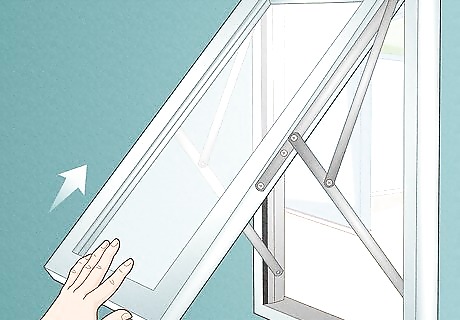
Press or lift the window sash to adjust the height. Once the 8 screws have been loosened, you will be able to raise or lower the height of the moveable window panel. Move the window a small increment downward (if the window hasn’t been closing fully) or upward (if the window sticks against the frame when closing). You may need to support the weight of the window panel until the screws have been tightened again. If the panel is very heavy, it may be pulled downward under its own weight.

Tighten the 8 screws once the sash has been adjusted. Once the window has been adjusted, give each of the 8 screws that you previously loosened a full turn clockwise to tighten them. Then, shut the window a few times to confirm that it opens and closes properly. At this point, your uPVC window should fit snugly into the frame when closed. This will also stop any drafts that have been coming into your home through the unaligned window.
Adjusting the Lock Position for a Better Seal

Open your uPVC window and find the lock-adjustment head. If your style of uPVC window opens outwards, rather than upwards, you can move the lock on the sash forwards or backwards. Look on the lower half of the open window sash, about halfway between the lock and the bottom of the sash. Adjusting the position of the lock will help your window seal properly if the locked window has been lose and drafty or if the lock mechanism doesn’t quite catch and seal the window properly. This style of window is called a “long-bottom lock,” and the part that lets you adjust the lock’s position is called the “head.”
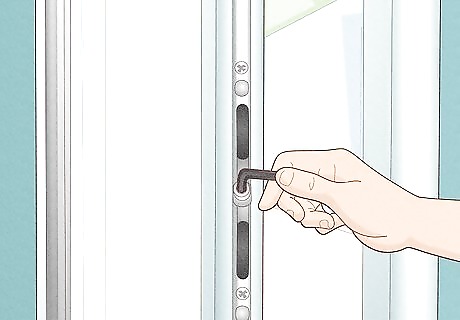
Insert an Allen wrench into the lock head. On most brands of uPVC window, an Allen wrench is used to move the placement of the lock. If you don’t already own Allen wrenches, you can purchase a set of them at a local hardware store.
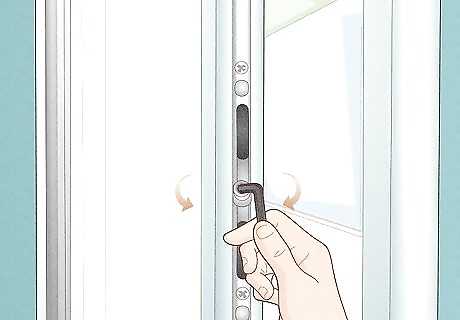
Turn the wrench clockwise or counterclockwise to move the lock backwards or forwards. Turning the wrench clockwise will move the lock backwards (farther out from the lock mechanism) and increase the pressure exerted on the window when locked. This will improve the seal and stop any drafts. Turning the wrench counterclockwise will relax the pressure when the window is shut. Try this approach if your window hasn’t been locking fully, or requires a great deal of force to lock.


















![Kia Sonet Compact SUV to Launch in India Today: Watch it Live Here [Video]](https://cdn.rawisda.com/news/90/eb/76/90eb7699f91f82cb9d217ba52d313a8a-s.jpg)
Comments
0 comment